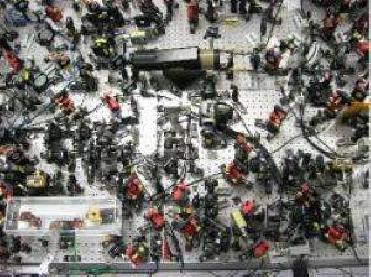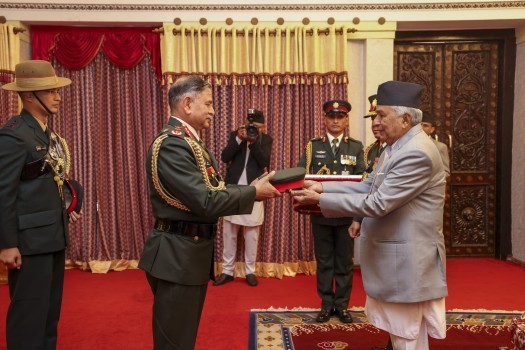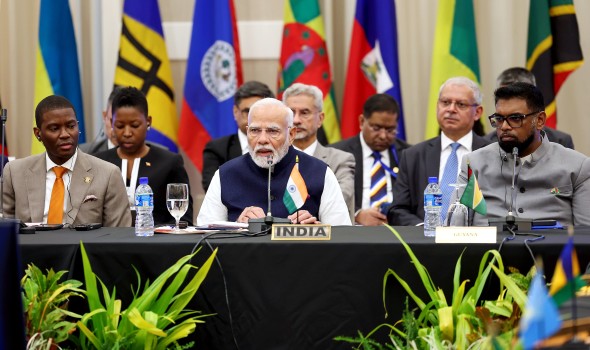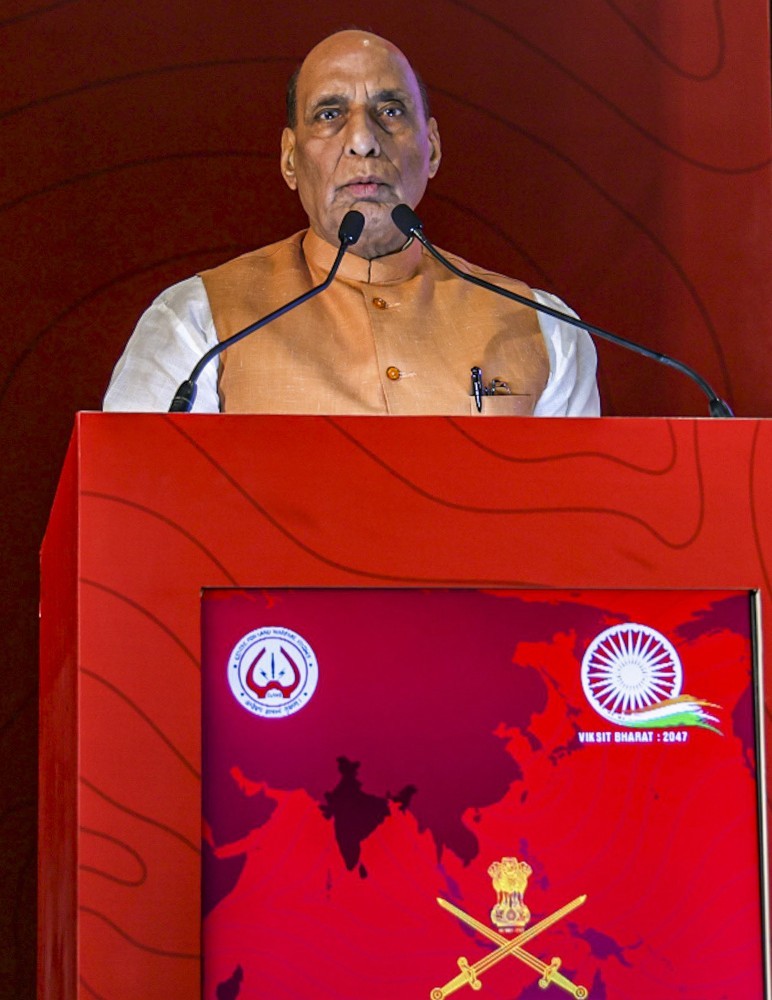
The experiment that generated the photon echo effect. Photo Credit: Australian National University
WASHINGTON (PTI): Scientists have discovered a more versatile way of storing and recovering pulses of light, possibly good for quantum communication.
An international team has based its research on the technique of generating "photon echoes" in which light is sent into a cloud of atoms and echoes of light are later retrieved by reversing the magnetic field.
In fact, technologies like quantum cryptography are being developed to send secure information coded onto light beams from one point to another.
Now, the scientists have demonstrated how photon echoes can be used to create a quantum memory device, meaning that pulses of light can be captured, stored and then released on demand, the 'Nature' journal reported.
Such a device would be an important part of a quantum repeater, which could extend the range of secure quantum communication, according to them.
"Light can be a fantastic medium for transferring lots of information very quickly, but it doesn't like to stay in one place for long. This is the problem of optical memory -- how to keep the information coded on light in one place so you can access it again later.
"One method is to slow the light down so it's as good as frozen in place for a while. The way we've explored is to absorb the light in a cloud of atoms, which you can then manipulate to release the light at will," team member Dr Ben Buchler of Australian National University said.
In their experiments, the team developed a method where pulses of laser light are absorbed into a cloud of atoms surrounded by a coil of wire. The coil creates a magnetic field that shifts the frequency of the atoms.
After absorbing the laser pulses, the atoms all begin to spin at different speeds, depending on their frequency. If the magnetic field is reversed, the atoms all change direction and spin the other way. When the spinning atoms return to the state they were in when they absorbed the light, the laser pulses are released as a photon echo.
"But we take it a few steps further. We can also stretch, compress and split the pulses when we let them out.
Best of all, we can recall the pulses in any order, just like a random access memory in a computer can recall electronic information in any order.
"To do this we use a second control laser beam that can turn the photon echo on and off. In a regular photon echo system, once the atoms all re-align the stored light just comes out -- you can't stop it.
"In our system, the combination of control beam and magnetic field switching makes it possible to choose exactly when to recall any one of the stored pulses, how much of it to recall and how fast to recall it," Dr Buchler said.
 Previous Article
Previous Article Next Article
Next Article











The Indian Air Force, in its flight trials evaluation report submitted before the Defence Ministry l..
view articleAn insight into the Medium Multi-Role Combat Aircraft competition...
view articleSky enthusiasts can now spot the International Space Station (ISS) commanded by Indian-American astr..
view article